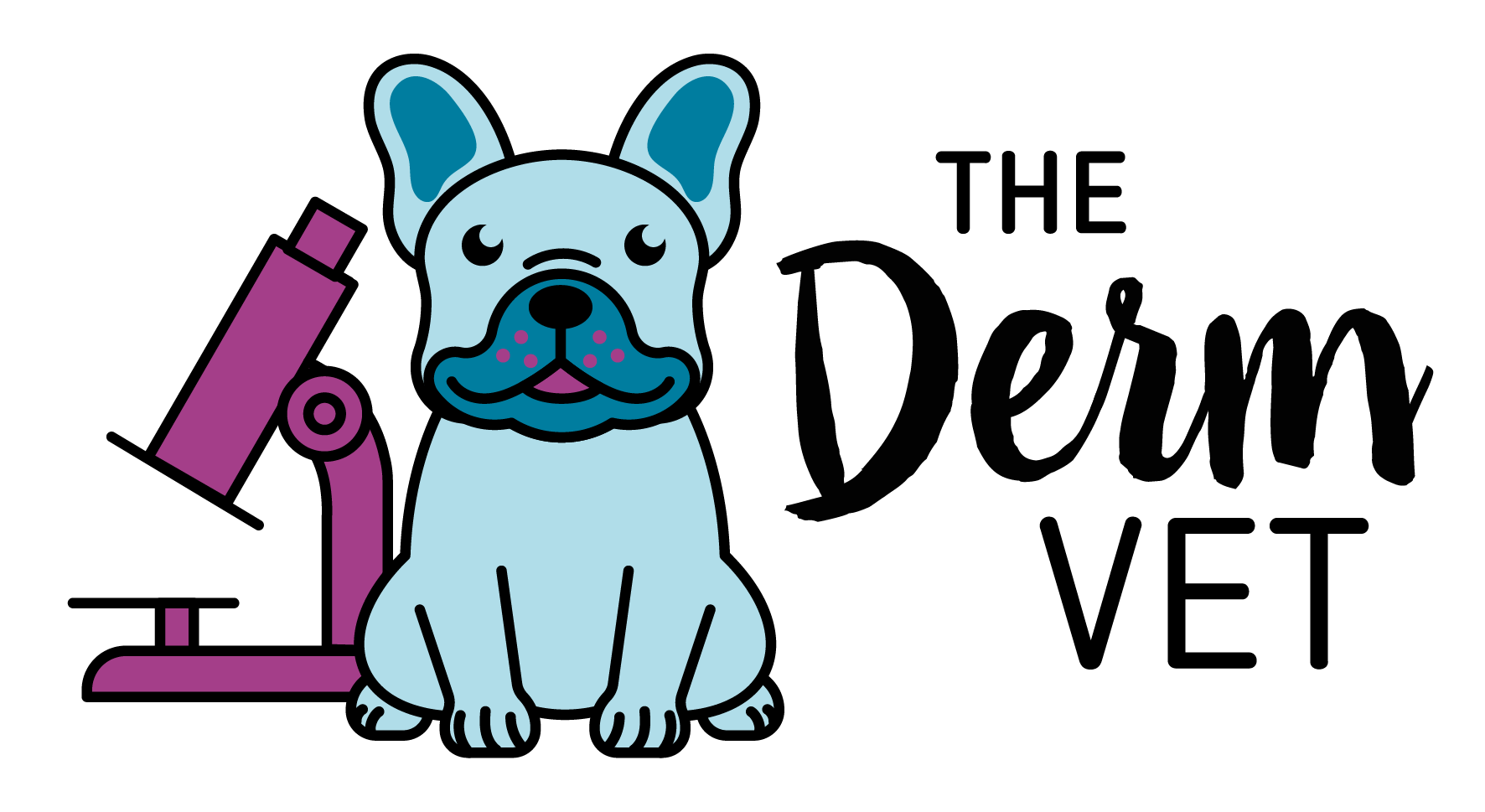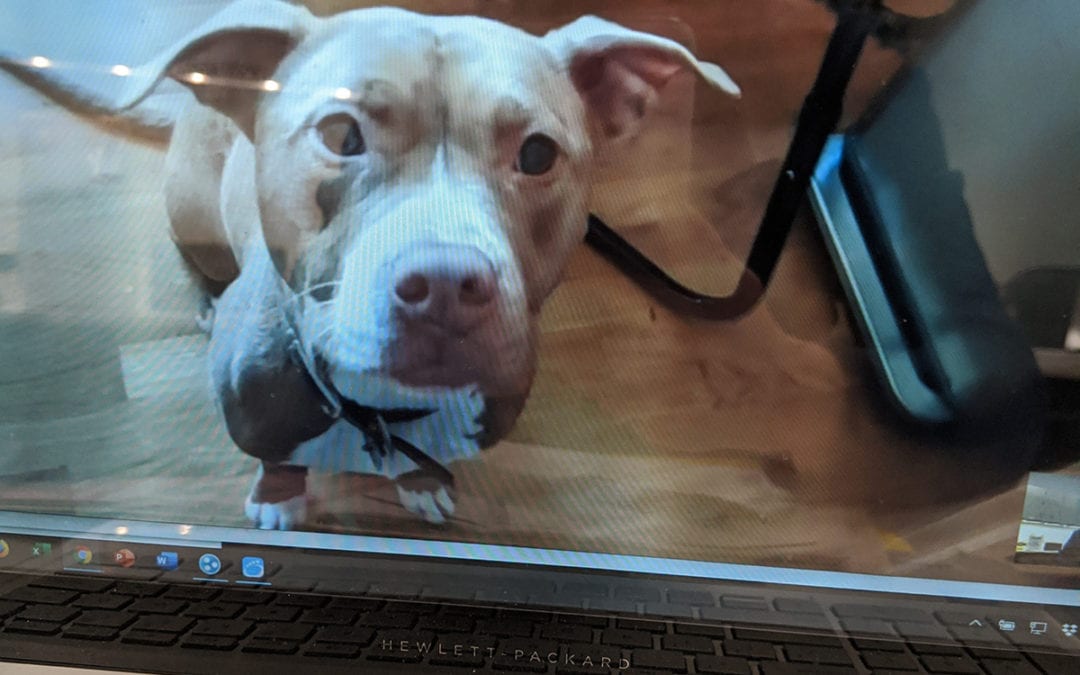In this crazy, new world the ability to reduce our exposure to others through the use of telemedicine sounds comforting, right? Yet, there are so many concerns and doubts surrounding the ability to practice quality medicine without physically touching the patient.
As a dermatologist, I preach the importance of cytology every day. So, I understand the doubt. In many ways, telemedicine seems contradictory to my entire philosophy of “cytology everything”.
However, we are being forced to pivot our way of practicing in a short period of time. The ability to adapt so we can help people and pets has become essential… just like we are deemed by the government.
Telemedicine isn’t perfect. Telemedicine will never replace an in-person exam. I will never stop stressing the importance of cytology. But here are some ways we can help our patients in less than ideal circumstances over technology.
- Don’t forget the basics! Spring is upon us and there have literally been pollens flying through the air and coating sidewalks and cars. Fleas are surging… yes, even for indoor kitties and dogs only going outside to potty. A HUGE part of practicing good dermatology is the ability to take a good history. If a pet is chewing their rump make sure the owner is not forgetting monthly flea prevention. We are in the middle of a viral pandemic, flea preventatives might not be the first thing coming to an owner’s mind.
- Have owners send a picture ahead of time. Pets can be very wiggly or run away and hide when it is their time to shine on camera. I have owners email pictures of concerning lesions BEFORE the teleconsultation. Then, the pressure is off during the main event if Fluffy gets camera shy.
- People are at home with their pets more and open to frequent topical therapy. None of us want to see a surge of antibiotic resistance after the surge of COVID-19 is over. If you are suspecting a pyoderma, see if the owner would be willing to bathe with a 3-4% chlorhexidine shampoo daily. Or use a mousse, spray or wipes if bathing is too difficult!
- In the end, telemedicine is a platform to have thorough communication with your clients. It allows you to communicate the importance of a physical exam if you feel the pet needs to come in. Communicate this to your client during your teleconsultation and go over your hospital’s COVID-19 protocol. Can a friend or relative bring the pet in if the owner is high risk? Maybe the owner didn’t realize all the precautions your hospital is taking? If owners bring a pet in for diagnostics after teleconsultation, we don’t charge an additional exam fee. Having the doctor express the importance of cytology, otoscopic examination, etc. can change the owner’s mind about bringing their pet to the clinic.
Telemedicine is not the ideal situation, but neither is a global pandemic. As veterinarians, we are being asked to uphold the oath we took to restore the human-animal bond even when the situation is uncomfortable. Personally, I can’t wait until my clients are allowed back in the building and we get rid of the suffocating masks. But, in the meantime, I will keep fighting to get these itchy pets through their spring allergies… whether in person, on the phone or video chat.


